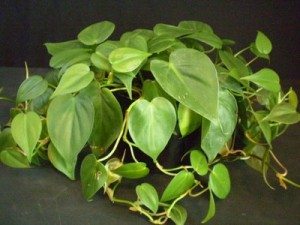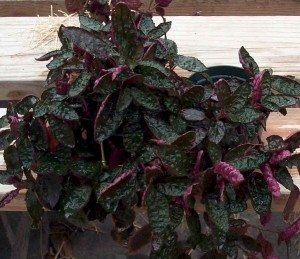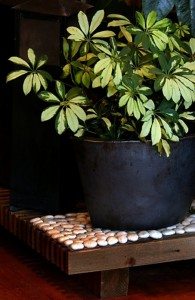By Lorri Ballance Laird, LuxEco Advocate
The holidays are over, and for many people in many parts of the U.S., winter has set in with a vengeance. One way to beat the winter blahs might be to try adding some houseplants to your indoor landscape. According to a plantsforlife.org report, not only can plants help boost your mood, reduce stress, and speed recovery from illness, they can also help improve indoor air quality.
The United States Environmental Protection Agency states that VOCs are consistently higher (up to ten times) indoors than outdoors. These harmful indoor pollutants emanate from items such as furnishings, carpets, plastics, and cleaning and paint products, and they can cause a host of serious illnesses, including asthma, cancer, and reproductive and neurological disorders.
Back in the 1980s, NASA and the Associated Landscape Contractors of America released a study showing that a number of popular houseplants were helpful in purifying indoor air. The study, conducted over the course of two years, found that some popular houseplants removed such indoor air pollutants as trichloroethylene, benzene, and formaldehyde from the air. The researchers then published a list of 15 plants that they considered to be the most effective at reducing indoor air pollutants.
Fast forward to 2009, when a research team at the University of Georgia’s Department of Horticulture conducts a study of four popular houseplants and concludes that these plants actually emit volatile organic compounds. Two of these plants (Peace Lily and Snake Plant) were originally on NASA’s list of most effective plants in improving indoor air quality.

Talk about confusing. LuxEco called on houseplant expert Julie Bawden Davis, author of Indoor Gardening: The Organic Way, to help us figure out the scoop. According to Davis, if a study found houseplants releasing VOCs into the air, the VOCs “most likely came from the soil and pesticide residues in it.” Davis suggests detoxing all of your houseplants once you get them home, which includes repotting them in organic soil. According to Davis, Dr. Earth, Whitney Farms, and EB Stone brands are all good choices. If you don’t have time to repot, Davis suggests leaching the soil to clear the chemicals out of the soil. (For more information and indoor gardening tips, visit Julie’s website, healthyhouseplants.com.)
In 2009, the University of Georgia’s Department of Horticulture also conducted a study to find the plants that best purified indoor air. The researchers identified five plants that they dubbed “super ornamentals.” These include the purple waffle plant, English ivy, variegated wax plant, asparagus fern, and the purple heart plant.
Here’s five more plants that are both hard to kill (if you don’t have a green thumb) and will clean the air, all from NASA’s original list: Heartleaf philodendron, Chinese evergreen, Bamboo or reed palm, Dragon Tree, and Spider Plant.

Tips for Healthy Indoor Gardening:
- Use only organic fertilizers, pesticides, and soils for your indoor plants. Repot all purchased houseplants into organic soil or leach the soil to release chemicals.
- Consider composting to produce your own organic fertilizer. To learn more about organic composting, visit www.organicitsworthit.org/grow/composting.
- Use ceramic pots; plastic may leach chemicals into the soil.
- Try not to overwater, which can cause mold−another indoor hazard−to grow in the soil.
- Consider growing some of your houseplants from seed, as organically grown houseplants are extremely hard, if not impossible, to find. Seedman.com offers a variety of houseplant seeds.
- To clean the air, you will need approximately 15 plants per 2,000 sq. ft. of house, which should be grown in pots that are at least six inches round or larger.















What is the name of the first plant on this page? You have names for the other two, but not the one I really want!